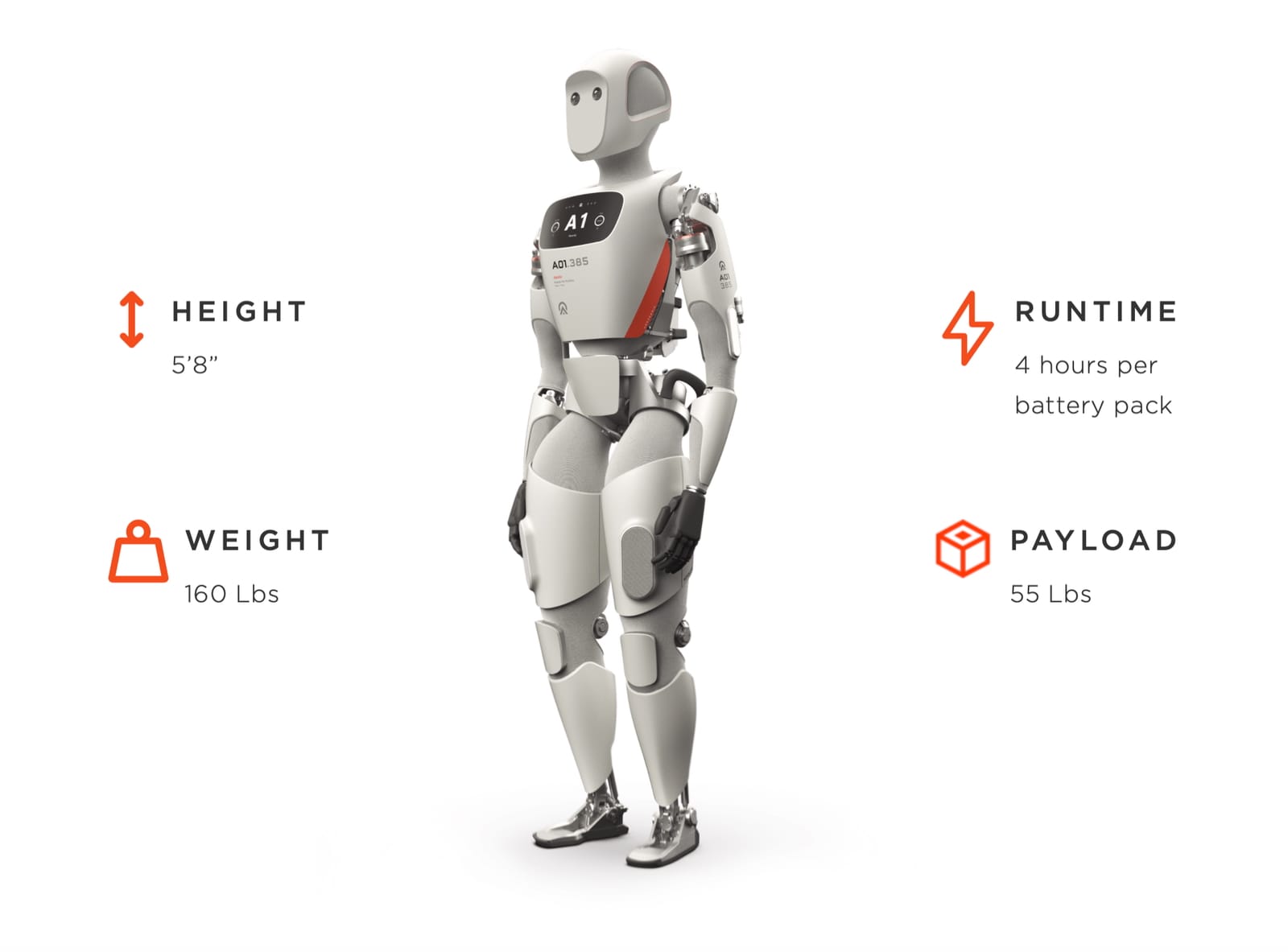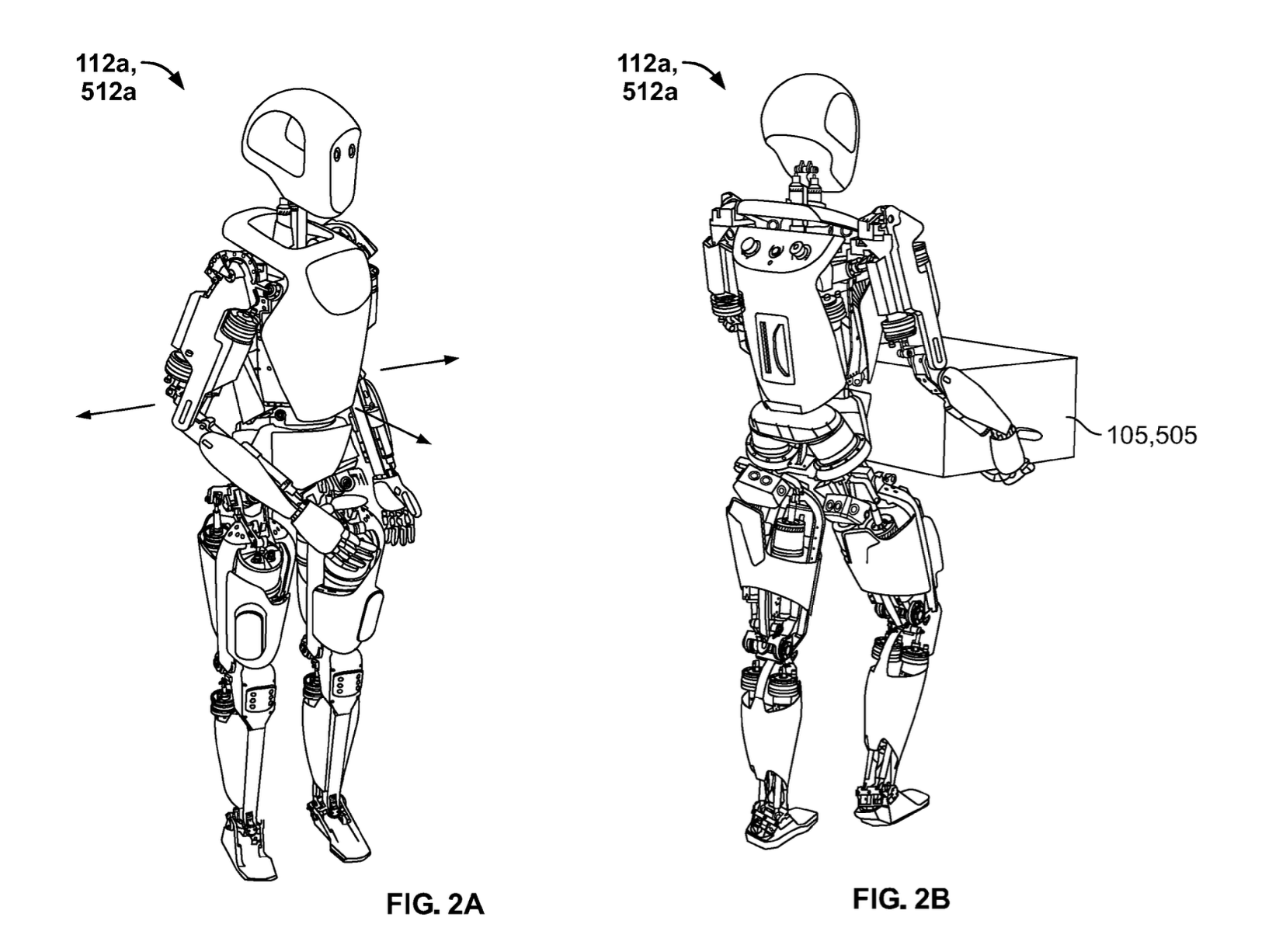Is this Google and Apptronik's vision of the robot takeover?
"Autonomous robots can replace one, some, or all of the human workers," writes robotics firm that's just announced a partnership with Google.

It's been described as "Google's biggest move in decades". So what will happen now the tech giant's Deepmind has formed a new partnership with the robotics pioneer Apptronik?
One clue can be found in a patent that Google's new friend published earlier this year called "Managing robots in workflows" - which we'll talk about later.
“We’re building a future where humanoid robots address urgent global challenges,” said Jeff Cardenas, CEO and co-founder of Apptronik as he announced the partnership. “By combining Apptronik’s cutting-edge robotics platform with the Google DeepMind robotics team’s unparalleled AI expertise, we’re creating intelligent, versatile and safe robots that will transform industries and improve lives."
Clearly, the most urgent global challenge any big company needs to address is how to make its wealthy investors even richer.
This means cutting costs and increasing productivity, which during normal periods of human history is feat comparable to slicing off your legs to help you run the 100m a few seconds faster.
But we're not living in a normal period of history.
Rise of the robots

Google and Apptronik will work together to push forward the development of humanoid robots, leveraging the latter firm's deep expertise in "human-centered design and hardware engineered for safety and reliability".
Founded in 2016 at the University of Texas' Human Centered Robotics Lab atat Austin, Apptronik has built and tested 15 different types of robots, including NASA’s Valkyrie.
Its current robot du jour is called Apollo. This dimunitive titan is modestly named after the Greek God of archery and the Delphi Oracle. Standing 5 feet 8 inches and weighing 160 pounds, it is designed to perform physically demanding tasks and operate safely in industrial spaces alongside humans.
Dehumanising the factory floor




Gallery: Images from the Apptronik patent showing robots, control systems and a packing machine in action
Which leads us to Apptronik's patent, which gives us a glimpse of how its Google collaboration might play out. Spoiler: there may not be a lot of people involved in the brave new world the partners are planning to usher in.
"Workflows that conventional include human workers, such as warehouse
workflows, can often use certain autonomous robots to replace one, some, or all of the human workers," Apptronik wrote.
The patent sets out a system in which autonomous mobile robots load up donor pallets (where products are stored) and order pallets (which collect items for customer orders), as well as transferring items between the two.
Apptronik's robotic system aims to fully automate warehouse workflows by integrating humanoid robots, autonomous mobile robots, and control systems.
The humanoid robots perform complex tasks like picking and placing items, while autonomous bots handle the transportation of pallets within the environment.
Google’s biggest move in decades. The real story unfolds in ‘25. $GOOG https://t.co/HdM8LBKhCC
— Chris Camillo (@ChrisCamillo) December 19, 2024
NBu
Huge. This is Google DeepMind's direct entry into robotics. 2025 will be an interesting year. And robotics will increasingly come to the attention of the big tech companies. https://t.co/LPWtw6HsAa pic.twitter.com/oXJpia81NA
— Chubby♨️ (@kimmonismus) December 19, 2024
Together, they replace human labour, reducing the risks of injuries, increasing efficiency, and ensuring precise order fulfilment. The system enhances workplace safety by keeping robots within designated zones and eliminates the need for humans in repetitive, physically demanding, or hazardous roles, thus reducing labour costs and workplace injuries.
A robot-factory tech can "eliminate or reduce a need for humans to walk long distances, lift and move heavy cases, and pulling pallet transportation equipment while also ensuring that cases are layered in the proper order on order pallets," Apptronik wrote.
Conventional warehouse systems rely on picker trucks or human workers, who risk "injuries (or worse)" when accessing products on shelves stored at heights that are "(dangerous or otherwise)", the robot firm continued.
The partnership between Google and Apptronik is hugely exciting from a tech perspective - but less so if you're a human who works at an Amazon fulfilment centre or many other commercial roles.
With robots set to play an increasing role in everything from warfare to space travel, this collaboration could prove to be truly historic. We're anxious to see what's next...
Have you got a story to share? Get in touch and let us know.




